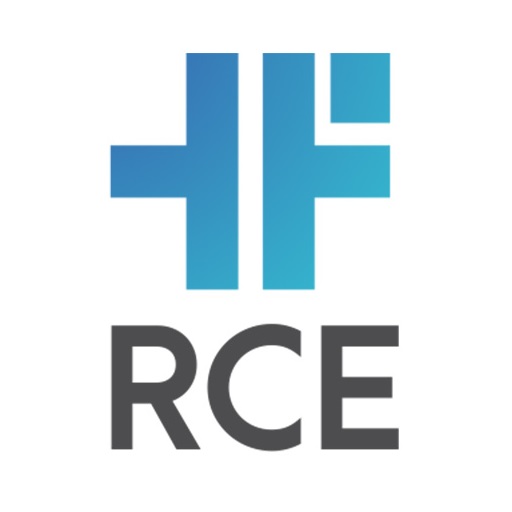Process control
Process control systems are automation systems designed to control and regulate technological processes. An example of such technological process can be the control of a process water supply system, compressed air, technical gases or steam. It can also be the control of any continuous process.
A complete process control system consists of:
A measuring system
To control the process, you must first know its current parameters. The measuring system consists of a number of sensors, most often distributed throughout the entire technological facility. Sensors can test temperature, pressure, flow in real time. Monitoring can include hundreds of process parameters. Sensor data is collected through communication protocols in various PLC controllers.
Visualization of measurements
The measurement data collected from the sensors is presented in graphical form on HMI control panels and visualization of SCADA processes. Each of the displays presenting data can be located in a remote location. The acquired information about the technological processes workflow can be constantly monitored by operators from different places in the factory. A graphical presentation in the form of an installation scheme makes it easy to understand what is currently happening in it. The acquired data can be stored in a database from which it is possible to obtain archival information. Alarms and graphical presentation of processes make it easy to solve process-related problems.
Automatic adjustment system
It enables implementation of control algorithms based on mathematical models and regulators. The actual process parameters such as temperature, pressure, flow are being compared with the set ones. Regulators enable correcting the process in such way to make the actual parameters correspond to the set ones. Optimal regulation allows to minimize process costs. These systems also increase the reliability of the installation by applying redundant control at its key points. It means that in case of a failure of one control system, its tasks are taken over by another one.

Headquarters
Headquarters in Poznań
Implemented projects

